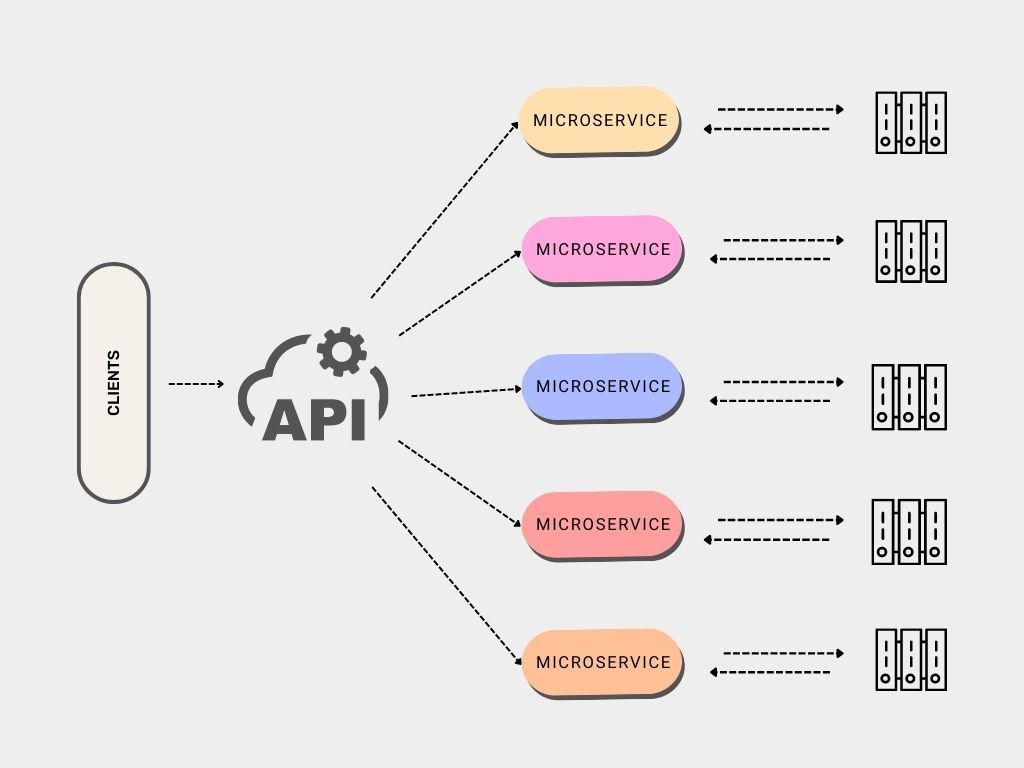Rethinking Microservices: When Less Is More
Zachary Gakuo
May 27, 2025
5 min read

Over the past few years, microservices have gained a reputation as the go-to architecture for building modern software systems. The promise of scalability, modularity, and team autonomy is alluring—especially when looking at the success stories of companies like Netflix, Amazon, and Uber.But as someone who's worked extensively in microservice-heavy environments, particularly in a startup context, I’ve seen both the benefits and the significant overheads this approach can bring. This post is a reflection on what microservices offer, where they fall short, and why our team ultimately chose to scale back.
What Are Microservices, and Why Do They Appeal?
A microservices architecture is a software design pattern where applications are built as a collection of loosely coupled services, each responsible for a specific business capability. These services communicate over APIs and are independently deployable.The advantages are clear:- Scalability: Each service can be scaled independently based on its load.
- Autonomy: Teams can develop, deploy, and iterate on services without stepping on each other’s toes.
- Technology diversity: Different services can use the most appropriate tech stack for their needs.
- Resilience: Isolated failures reduce the chances of bringing down the entire system.
- When done right, it enables rapid innovation and growth—especially in large, well-resourced organizations.
The Hidden Overhead for Startups
While the benefits are real, building with microservices isn't free—and for startups, the hidden costs often outweigh the theoretical advantages.First, there's complexity. Running a distributed system requires careful coordination. Service discovery, inter-service communication, fault tolerance, logging, tracing, and observability become non-trivial engineering efforts. You don’t just build features—you build the infrastructure to support building features.Second, team expertise matters. You need engineers who understand not just coding, but DevOps, network design, and cloud orchestration. For smaller teams, this is a steep learning curve that can eat into your runway.And perhaps most importantly, premature scaling can be a trap. Many startups jump into microservices hoping to "build for scale" from day one, only to find themselves drowning in overhead before product-market fit is even clear.Cost Implications: Why We Ditched AWS and Consolidated
One of the most sobering lessons we learned was financial. Microservices aren’t just a technical burden—they’re a monetary one too.We started with a sprawling setup on AWS: Kubernetes, managed databases, dozens of microservices, CI/CD pipelines per service... the bills piled up fast. So we took a step back and asked: What are we really gaining from all this?The answer was: not enough. We made a bold move—we bought our own servers and began consolidating services. Not only did this significantly cut costs, but it also simplified deployments and reduced the number of moving parts. For us, it was the right call.Technical Challenges That Creep In
Beyond cost and effort, there are technical pitfalls that are easy to underestimate:Securing inter-service APIs can be a mess. Who talks to what? How do you manage auth securely across dozens of endpoints?Dropped or incomplete requests during service hops can be hard to detect and debug, especially under load.Repository sprawl becomes real. Dozens of repos, each with its own lifecycle, dependencies, and quirks.CI/CD complexity increases exponentially. Managing pipelines, rollbacks, and testing across services becomes a job in itself.Kubernetes is powerful but comes with its own operational challenges—especially when your team isn’t large enough to dedicate full-time resources to infrastructure.Final Thoughts: Choose With Intention
I’m not here to demonize microservices. In the right context, they’re a powerful architectural tool. But like any tool, they should be used intentionally—not just because they’re popular or seem “enterprisey.”For early-stage startups or smaller teams, the simplicity and focus of a monolith can be a strategic advantage. You can always refactor later—when scaling becomes a real problem worth solving.Bottom line: Think carefully not just about if microservices are right for your business, but when. Sometimes, less really is more.